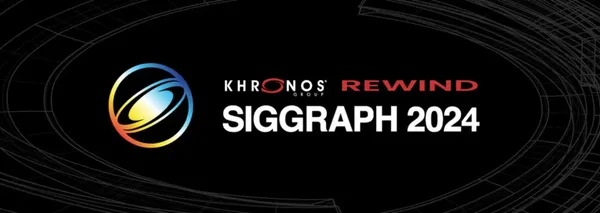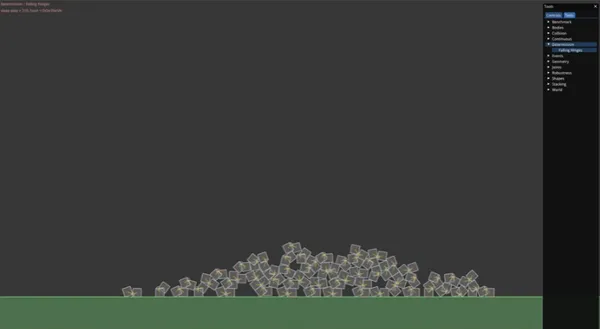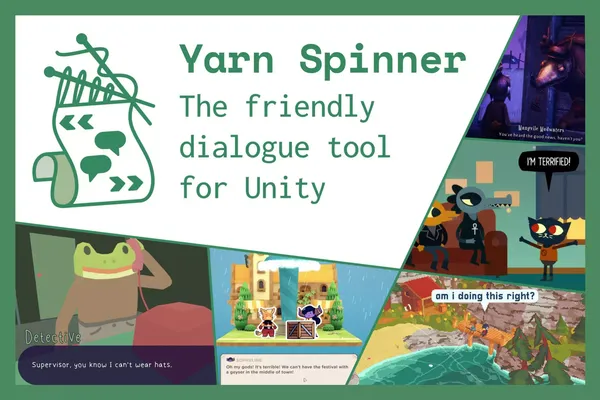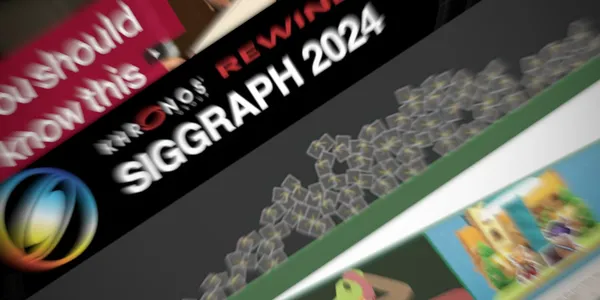As a game developer always seeking to improve my craft, I'm constantly on the lookout for innovative techniques, useful tools, and insightful discussions. In this monthly roundup, I'm excited to share the gems that caught my attention. Let's dive into October's discoveries!
Every game designer should understand Orthogonal Design
A video explaining orthogonal concept in game design. It's about designing things that combines to create completely different things.
Link
https://www.youtube.com/watch?v=hW5s5Wb5vo4

Why it's good
This video offers both theoretical insights and practical examples showcasing games like Dishonored and Left 4 Dead. Orthogonal concepts are those that move in different directions, as opposed to concepts that only vary along a single axis.
The video illustrates how orthogonal design can create more interesting and varied gameplay. For example, combining ranged and melee enemies allows for diverse level designs and challenges players to adapt their strategies.
This approach offers a valuable perspective for developers looking to inject more variety and interest into their games. It can help in creating engaging level designs and maintaining player interest through combinatorial complexity. However, it's worth noting that implementing and debugging a rich set of orthogonal concepts can be challenging from a development standpoint.
Khronos Group SIGGRAPH 2024 Rewind: Advancements in 3D Graphics Standards
A comprehensive overview of the latest developments in 3D graphics standards and technologies.
Link
https://www.khronos.org/blog/khronos-siggraph-2024-rewind

Why it's good
This resource compiles all the presentations from the Khronos Group at the recent SIGGRAPH conference, offering a wealth of information on applied research in 3D rendering. The Khronos Group, a non-profit organization open to all companies, is responsible for developing crucial standards like WebGL, OpenGL, glTF, OpenXR, and Vulkan.
Of particular interest is the update on WebGPU, a W3C standard supported by Khronos to ensure a smooth transition from WebGL. While WebGPU is nearing Candidate Recommendation status, it's still in alpha. Meanwhile, WebGL continues to evolve, with both standards set to complement each other in the future.
Unity 6 is starting to support WebGPU, in my latest gamejam game, Powered By Geometry, I'm using this experimental export and the performances are exceptionnal (near-instant loading and flawless runtime perfs). It's worth to keep an eye on this!
Achieving Determinism in Multithreaded, Cross-Platform Physics Simulations
Insights from the creator of Box2D on maintaining determinism in complex environments.
Link
https://box2d.org/posts/2024/08/determinism/

Why it's good
This article by the author of Box2D explores the challenges of achieving determinism in multithreaded and cross-platform contexts, where the order of calculations is crucial for consistent results. It offers several key insights:
- The "floating point determinism" issue has largely been resolved in 64-bit systems, thanks to standardized rounding operations across manufacturers.
- Compiler optimizations like "fast-math" should be avoided to maintain determinism.
- The use of CPU instructions like "Fused Multiply-Add" can introduce inconsistencies and should be disabled with compilation options.
- Box2D implements its own versions of trigonometric functions (sinf, cosf, atan2f) that are less precise but deterministic.
While the article highlights Box2D's approach to determinism, it also notes limitations, such as the lack of rollback determinism.
This information is crucial for developers working on physics simulations, especially in networked or cross-platform environments where consistent behavior is essential.
Yarn Spinner for Unity: Simplifying Dialogue Systems
A text-based dialogue contribution and writing system for game developers.
Link
https://assetstore.unity.com/packages/tools/behavior-ai/yarn-spinner-for-unity-267061

Why it's good
Yarn Spinner offers a text-based approach to dialogue systems, which appears to be more flexible and user-friendly than traditional node-based tools: the simplicity in contribution could be a game-changer for writers and narrative designers.
While text-based systems might require more parsing and linting to ensure correctness and compatibility to work with specific game engines, this trade-off could be worthwhile compared to maintaining a complete contribution interface.
Also, In the era of generative AI, a text-based format seems well-suited for specification and potentially AI-assisted content generation.
Find me on social networks
That's it for this month's discoveries! If you found these insights helpful, don't forget to follow me on your favorite network for more game development tips and discussions.
